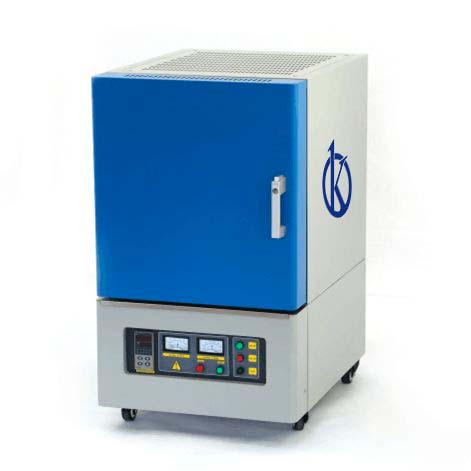The laboratory muffle is a device used to achieve and control high temperatures for various laboratory experiments, these devices come in a variety of sizes to meet different experimental requirements; the temperature setting of the laboratory muffle is of utmost importance for the experiment to be successful.
If you use an inappropriate temperature, the result may not be as desired, to determine the correct temperature for your flask, experiment with a couple of settings and find the one that best suits your needs.
The first thing to do to set the proper temperature in a flask is to identify the objective of the experiment
Determine what you are measuring and what the desired result is; for some experiments, a constant temperature is needed, while for others high temperatures are needed to melt or solder materials, this information will determine the proper temperature to set the muffle.
Once you have identified the purpose of the experiment, check the manual of your laboratory flask for the temperature range it offers and review the documentation provided by the manufacturer for special settings or optimal temperature ranges that may improve the performance of your device.
Specialists may use a temperature controller so that they can obtain the precise temperature based on your experiment
If the temperature range is too wide for the purpose of the experiment, it is possible to use an additional temperature controller to achieve more precise temperatures, with the controller, you can set exact temperatures for your experiment.
In addition, a temperature controller can allow you to set a set point temperature from which to start and set preferred temperature ranges before starting an experiment, if you do not want to use an additional temperature controller, you may have to experiment with the temperature range offered by the laboratory flask.
Researchers should set the flask to increase the temperature gradually and verify the result
Analyze the composition of the material being examined and observe the change in structure, texture and color, this information will give you a clear idea of the appropriate temperature for your experiment.
Once you have found the right temperature for your experiment, write it down in a visible place for easy reference the next time you perform the same experiment.
It is very important to periodically check the control panels and flask sensors to avoid temperature errors during the experiment
In conclusion, the temperature setting of the laboratory muffle is of utmost importance to obtain the desired results; one should examine the objective of the experiment and review the manufacturer’s documentation for additional settings that will improve the performance of the muffle.
Experiment the temperature range until the proper temperature for the experiment is found and note the same for future reference; always check the control panels and temperature sensors of the muffle to avoid errors; if these guidelines are followed, you will be one step closer to obtaining accurate scientific results.
For Kalstein as a MANUFACTURER it is important for the specialists to acquire the best muffles in the market
We invite you to visit our website HERE to enjoy great offers and unbeatable prices, offering you an effective purchase, since we are MANUFACTURERS.
To select and obtain the best mufflers just click on the following link HERE

